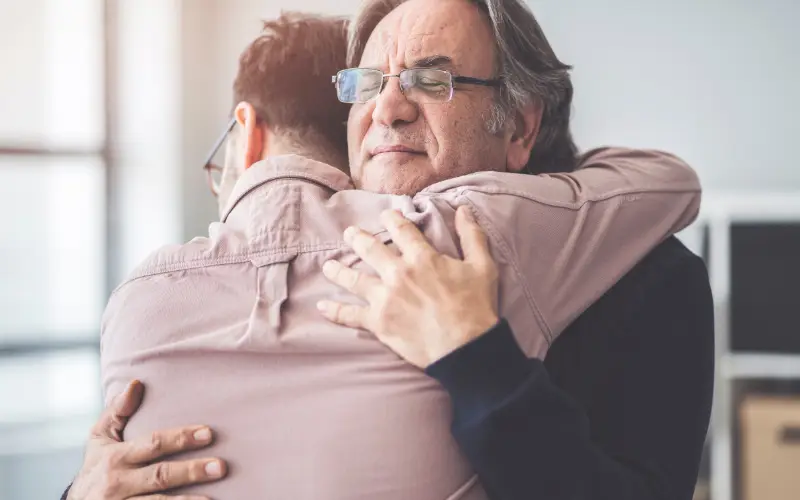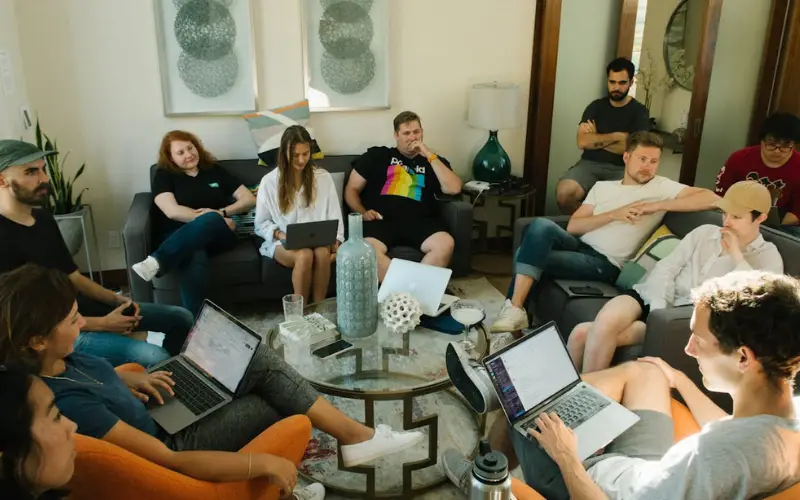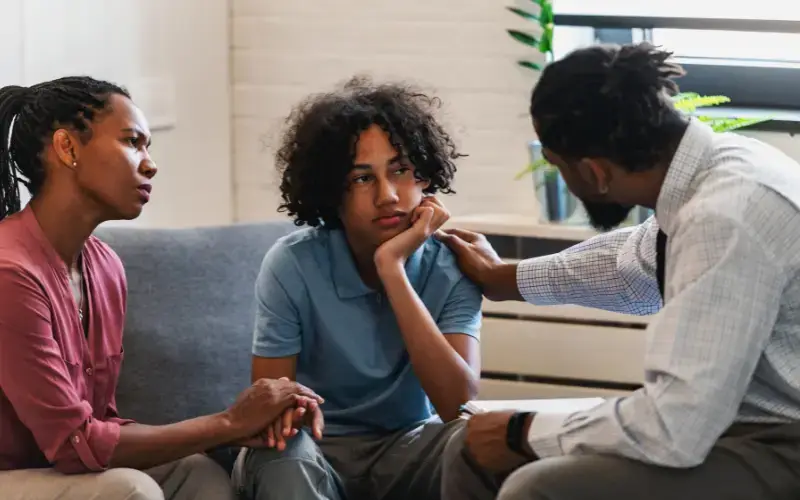Suicide Prevention is a Multi-Level Strategy
Effective programs can reduce the number of deaths by suicide. Know the clear action steps for people, communities, and policymakers.
How Does Prevention Work?
Primary prevention addresses the root causes of suicide. This includes trauma, the ongoing mental health crisis, poor access to health care, and other risk factors.
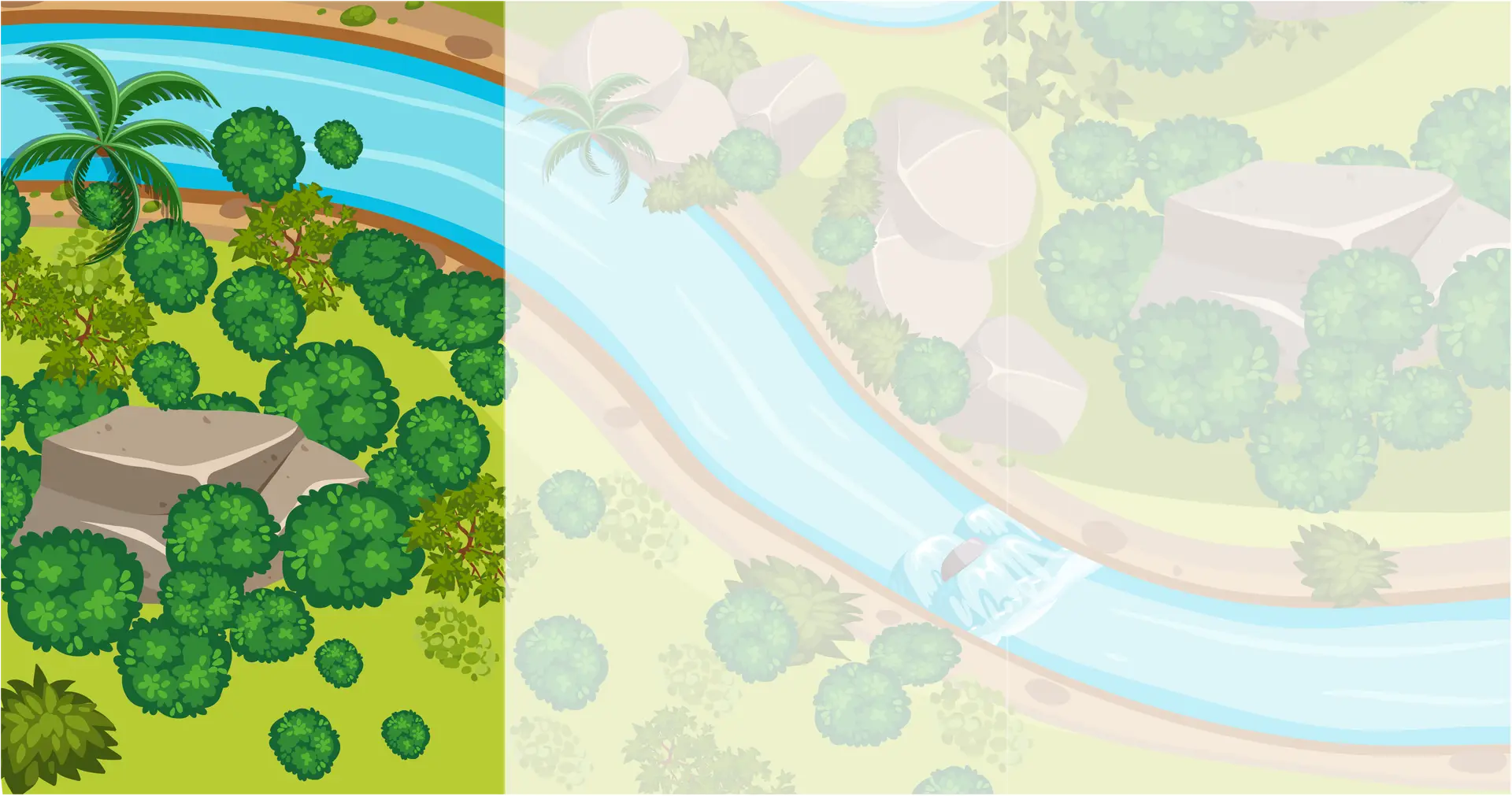
Examples of primary prevention (upstream) strategies include:
- Programs that enhance social connectedness (school-based programs, community events, etc.).
- Programs that support high-risk and underserved groups of people (veterans, rural, older adults, firearm safety, etc.).
- Resources for the development, implementation, and evaluation of interventions that prevent suicidal behaviors.
- Governmental policies that improve economic supports in communities
Secondary prevention identifies people who face emerging risks. It also intervenes to keep them safe and connects them to the right supports to prevent a suicidal crisis.

Examples of secondary prevention (midstream) strategies include:
- Screening for mental health conditions and suicidal thoughts (schools, primary care, and pediatric settings, etc.).
- Programs that decrease stigma and normalize help-seeking and help-giving behaviors (public awareness campaigns, education on safe messaging, etc.).
- Training for people and populations about how to talk to other people about suicide (courses, events, virtual, etc.).
Tertiary prevention guides the response to suicidal crises. It also promotes approaches to these crises that have connection, dignity, and empowerment (and not fear).
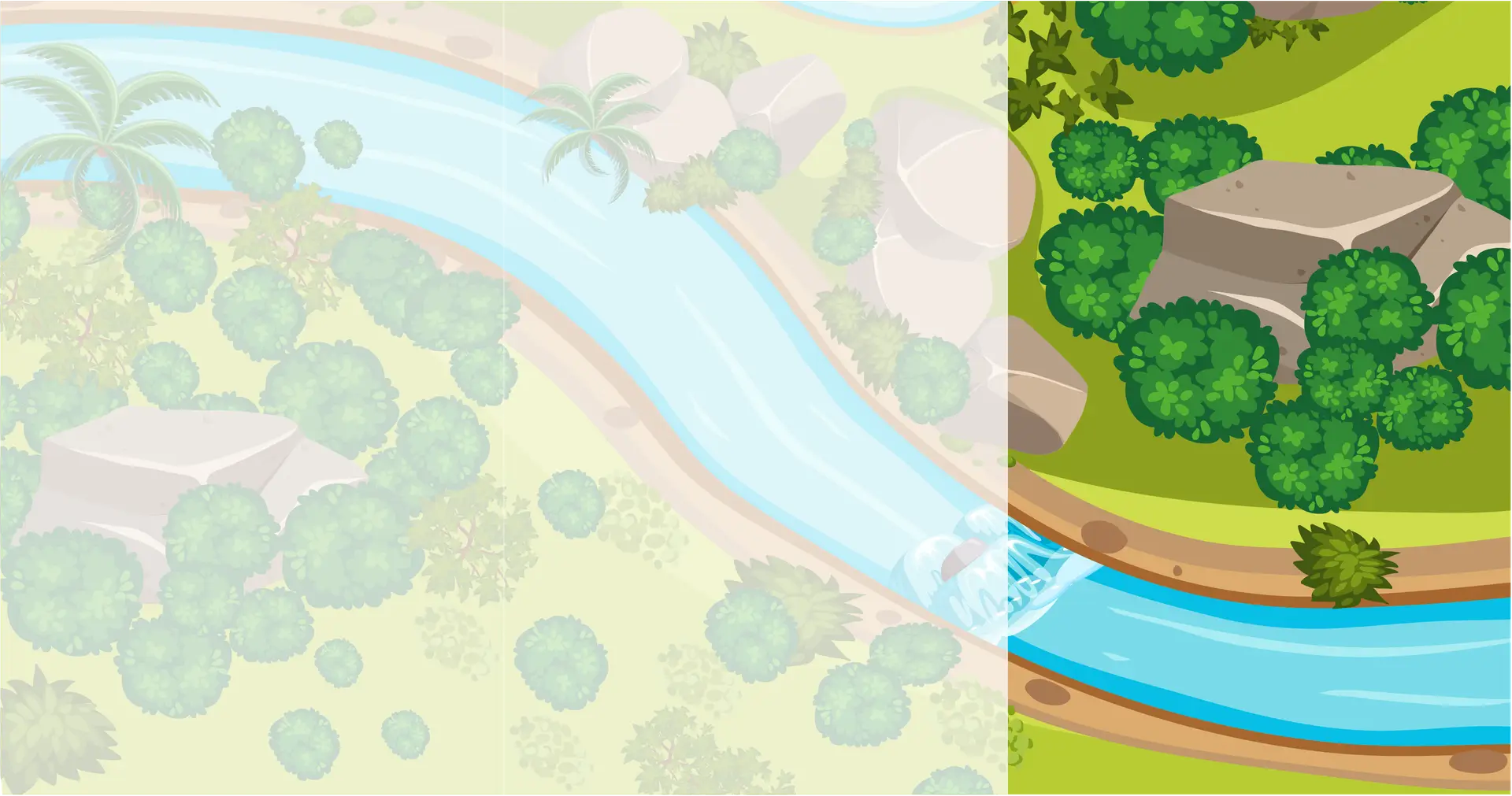
Examples of tertiary prevention (downstream) strategies include:
- Access to effective crisis response (988, mobile teams, walk-in centers, etc.)
- Effective treatments to help people cope and recover (rapid therapeutics, multimodal interventions, etc.)
- Steps to reduce access to lethal means (gun locks, medication lockboxes, bridge barriers, etc.)
- Safety planning (help to create a clear plan, continuity in follow up/care, etc.)
Resources on Suicide Prevention
Use these resources to find more action steps and strategies on suicide prevention.
Courses
Free courses on topics around suicide prevention.
LivingWorks Suicide Prevention Trainings
Evidence-based training that empowers individuals, organizations and communities to work together to help keep people safer from suicide.





